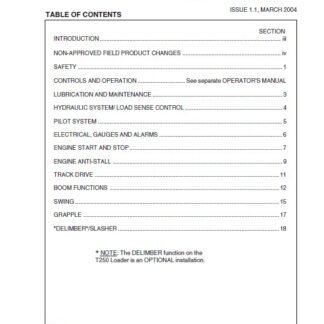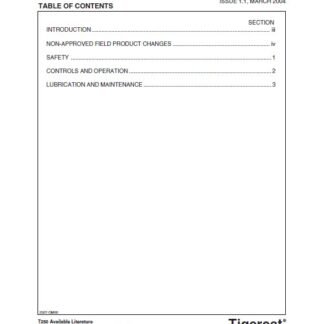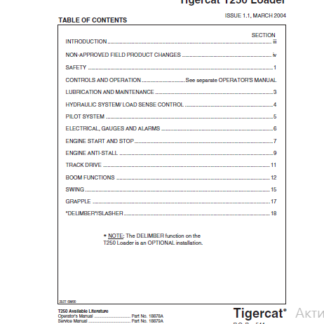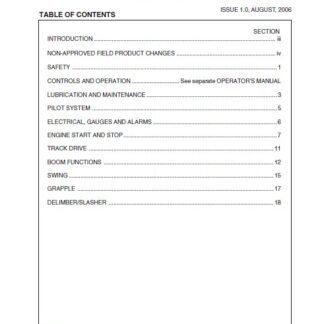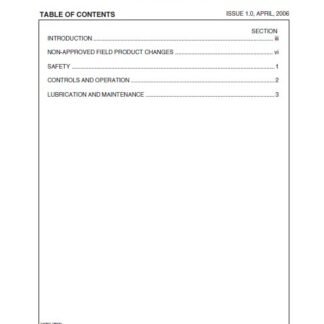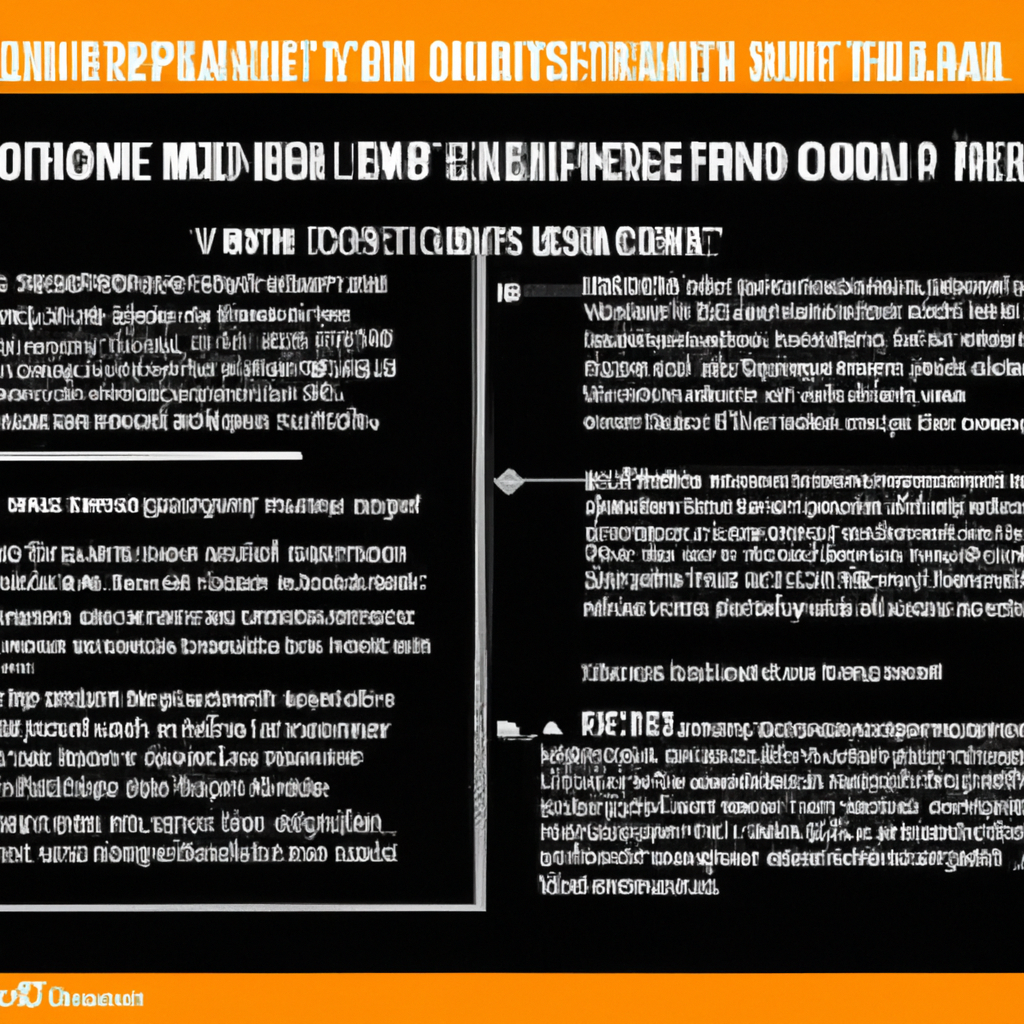
Electrical and hydraulic schematics are essential components of any service manual for a piece of machinery. Whether it’s a vehicle, a machine, or an appliance, a service manual will have a diagram of the electrical and hydraulic systems that make the machine run. Tigercat PDF service manuals provide easy access to these schematics, allowing technicians to quickly find the information they need.
Introduction to Electrical and Hydraulic Schematics
Electrical and hydraulic schematics are diagrams that illustrate the wiring and plumbing of a machine. They provide a comprehensive view of how the machine’s components are connected and how they interact. Electrical schematics show the wiring between the components and the power source, while hydraulic schematics show the flow of hydraulic fluid between the components.
Benefits of Tigercat PDF Service Manuals
Tigercat PDF service manuals provide easy access to electrical and hydraulic schematics. The manuals feature detailed diagrams and instructions, allowing technicians to quickly and accurately diagnose and repair any issues with the machine. The manuals are available in PDF format, making them easy to download and store. Furthermore, the manuals are regularly updated to ensure that technicians have access to the most up-to-date information.
Understanding Electrical and Hydraulic Schematics
Electrical and hydraulic schematics are complex diagrams that can be difficult to interpret. The diagrams contain a variety of symbols that represent different components and connections. It is important to understand these symbols in order to interpret the diagrams correctly. Additionally, the diagrams may contain notes and annotations that provide additional information about the components and connections.
How to Read Electrical and Hydraulic Schematics
Reading electrical and hydraulic schematics requires a basic understanding of the symbols used in the diagrams. Additionally, it is important to pay attention to the labels and annotations in the diagrams. The labels provide additional information about the components and connections, and the annotations provide additional instructions or warnings.
Tips for Interpreting Electrical and Hydraulic Schematics
When interpreting electrical and hydraulic schematics, it is important to pay attention to the labels and annotations. Additionally, it is helpful to use a magnifying glass to better view the diagrams. Furthermore, it is important to keep in mind that the diagrams may be drawn to different scales, which can affect how the components and connections are represented.
Conclusion
Electrical and hydraulic schematics are essential components of any service manual for a piece of machinery. Tigercat PDF service manuals provide easy access to these schematics, allowing technicians to quickly find the information they need. Reading electrical and hydraulic schematics requires a basic understanding of the symbols used in the diagrams, as well as an understanding of the labels and annotations. With the help of Tigercat PDF service manuals, technicians can easily access the information they need to diagnose and repair any issues with the machine.
Tigercat PDF service manuals provide an invaluable resource for technicians, allowing them to quickly and accurately diagnose and repair any issues with a machine. With detailed diagrams and instructions, the manuals provide easy access to electrical and hydraulic schematics, making it easier for technicians to interpret the diagrams and understand the components and connections. With the help of Tigercat PDF service manuals, technicians can easily access the information they need to identify and repair any issues.


